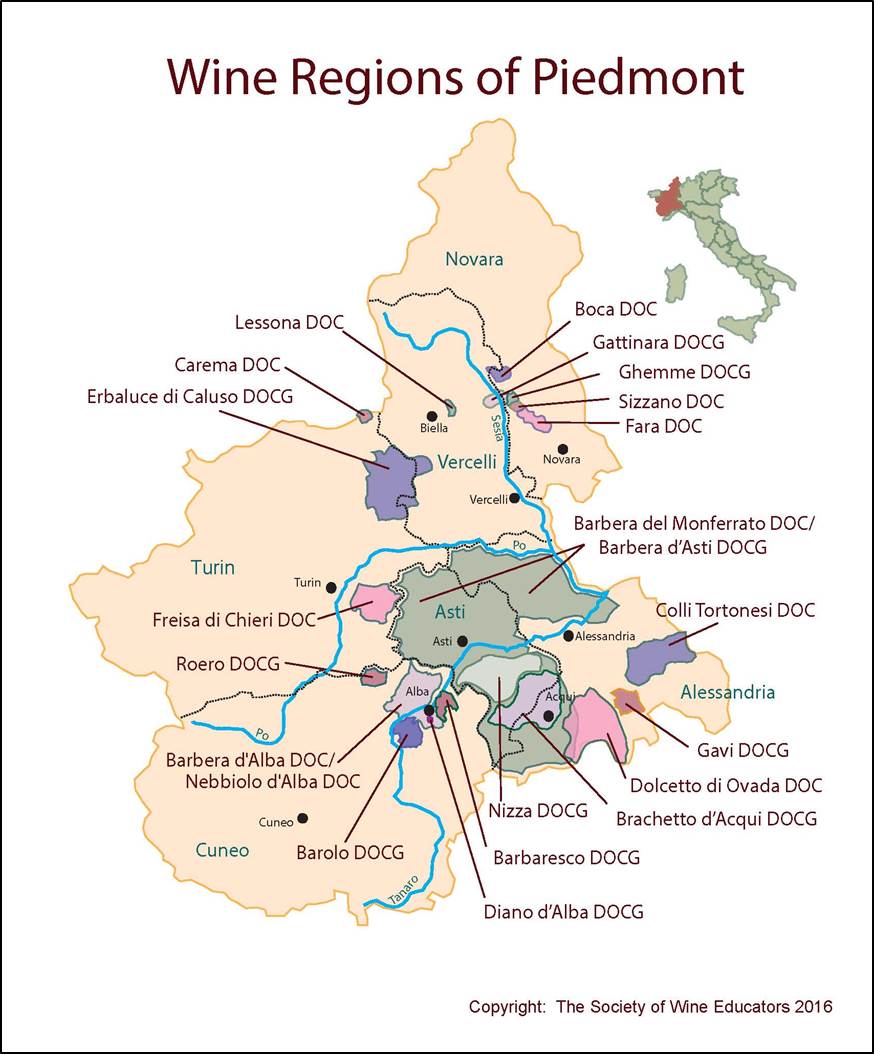Who: Lorenzo Negro
What: 100% Arneis
Where: Roero, Langhe, Piedmont
Tastes Like: White flowers, mineral, and lush tree fruits. Clean yet round in texture.
Pairs With: Grilled seafood or poultry; shellfish

Negro Lorenzo is located in Monteu Roero, in the Langhe region, north of Alba and the famous Barolo/Barbaresco territory. Roero is a territory that is unlike Asti or Barolo in that it is jagged and rough around the edges. The winery overlooks a very dramatic and beautiful valley. Throughout the countryside here, you can clearly see where the ocean once receded from, as the valley is cut out as if by a knife. At Negro Lorenzo, they have been making wine for over a hundred years. In fact, Lorenzo’s grandfather of the same name and his two brothers carted wine from where today’s winery stands to Turin and Cuneo to sell at the local markets. In the last ten years, however, Lorenzo has recently decided to bring this production to another level with the creation of Negro Lorenzo.
Though not certified organic or biodynamic, Lorenzo pursues a naturalistic and traditional method winemaking, caring for the vineyard by hand and without chemicals.
The sandy soil full of marine fossils leads to more elegant wines compared to the surrounding zones. In fact, the scallop shell that is on the label of all of Lorenzo’s wine was found while planting new vines. The fossils are apparent inside the cantina as well, where the wines are aged. Fossils are part of the actual foundation of the building and a constant reminder of the history of this land.
The best versions of Arneis come from the sandy soils of the Roero, which give a gorgeous minerality to this wine that you won’t find elsewhere. Lorenzo’s Arneis is therefore a true expression of terroir. White flowers, chamomile, pear and apricot. Well balanced, medium bodied wine.
Harvesting Period: Mid September. Grapes are hand harvested, destemmed and pressed. The wine ferments with selected yeasts in temperature controlled stainless steel. After fermentation the wine is racked into another stainless steel vessel where it will age on the fine lees until Spring to add body and structure. The wine is bottled in late Spring and will age several months in the bottle before release. One thing worth noting is that Lorenzo releases his Arneis almost a year after his fellow producers as he believes this wine benefits from time in the cellar.